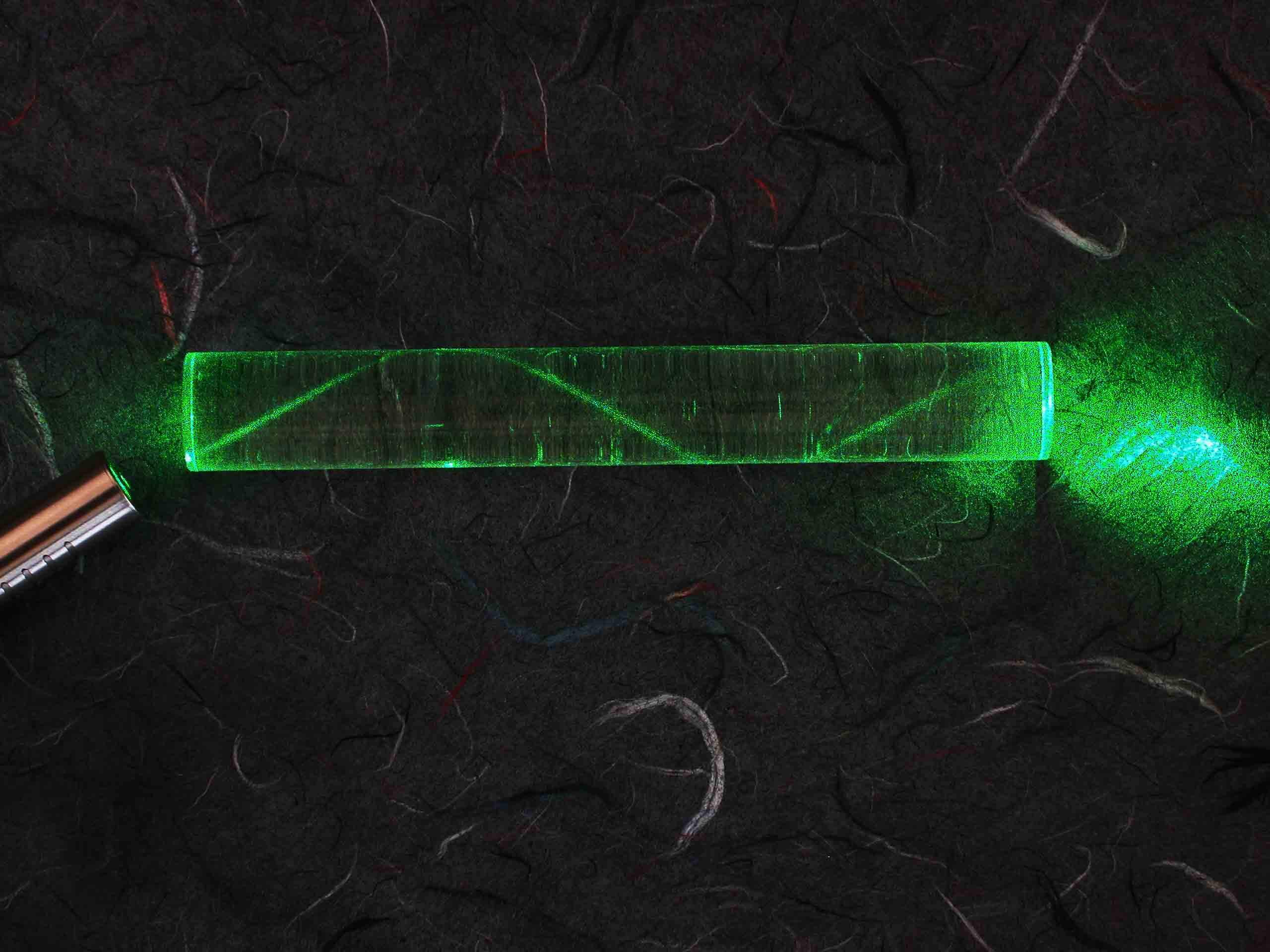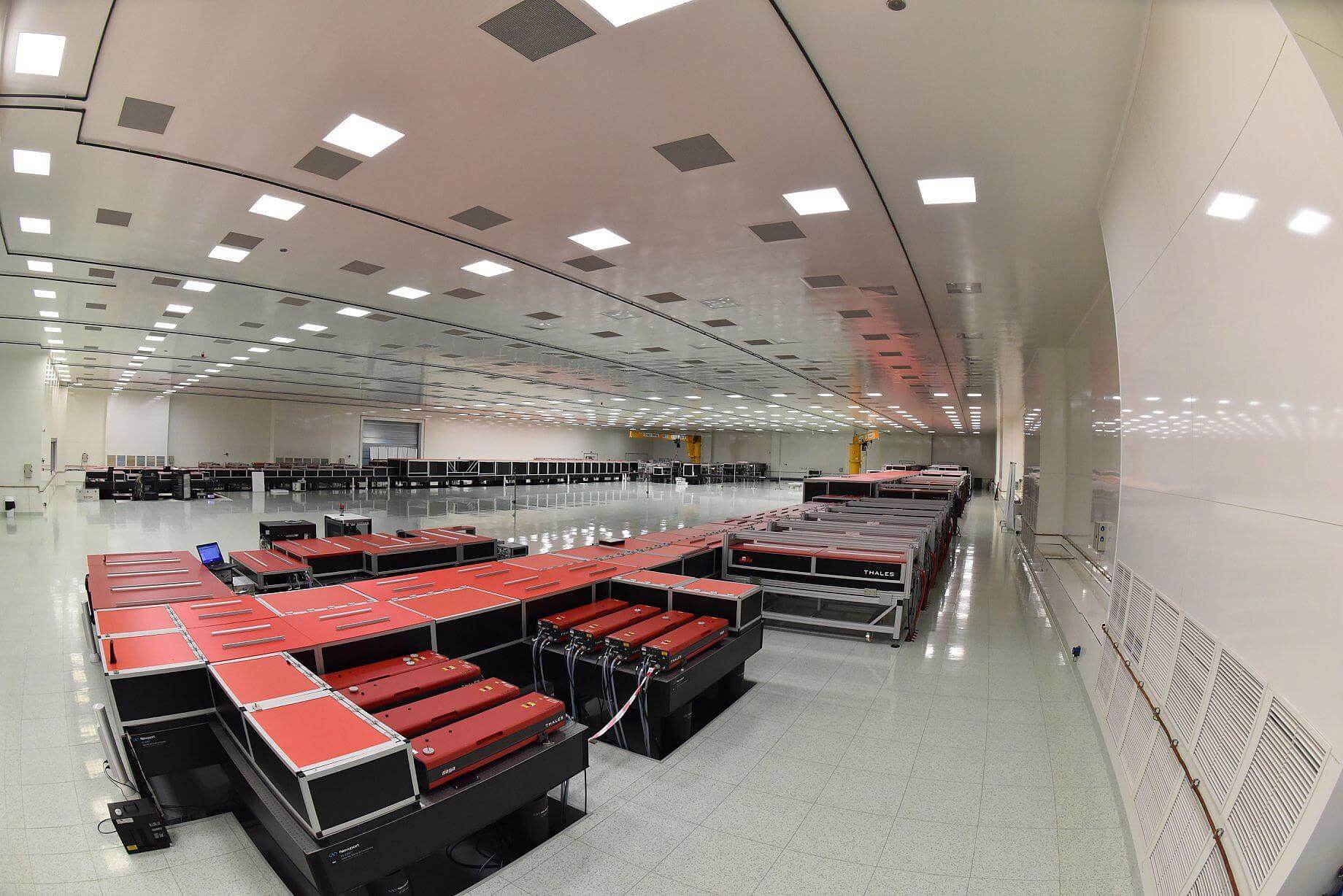Whoa! What can one do with a 10PW laser? Well, other than making someone or something disappear, it is mostly used for research purposes. Scientists in three (soon to be four) countries use mega-powerful lasers to study photonuclear properties, cancer medicine, radiation research, and more.

Physicists in Romania have successfully tested a 10-petawatt (10 million billion watts) laser without burning a hole through the planet or themselves. To put the power of the laser into perspective, it is equal to one-tenth the energy produced by the sun on Earth.
That is more than enough energy to vaporize matter. In fact, in 2014, ExtremeTech described a 1PW laser as a “Death Star.” This laser is ten times stronger and is to-date the most powerful laser ever built.
The beam was developed with €850 million in funding from the European Commission through the Extreme Light Infrastructure (ELI) project. The project includes facilities in Romania, Hungary, and the Czech Republic. The Romanian lab studies photonuclear physics. The Hungarian facility experiments with attosecond (1x10-18 second) laser light pulses. The group in the Czech Republic researches short-pulse secondary sources of radiation and particles.

The ELI project has plans for a fourth lab with a laser an order of magnitude stronger but has not picked a location for it yet.
The 10PW laser is probably not what most people would imagine. It resides inside a sealed chamber traveling through several vacuum tubes with focusing lenses. The researchers never even get to see it. Instead, they take readings from a computer.
Researchers can use the laser to study the effects of a supernova and how heavy metals are formed. As for practical applications, it may be helpful with proton cancer therapies. It may also prove useful in finding ways to deal with radioactive waste.
https://www.techspot.com/news/79965-scientists-create-record-breaking-10-petawatt-laser-can.html

